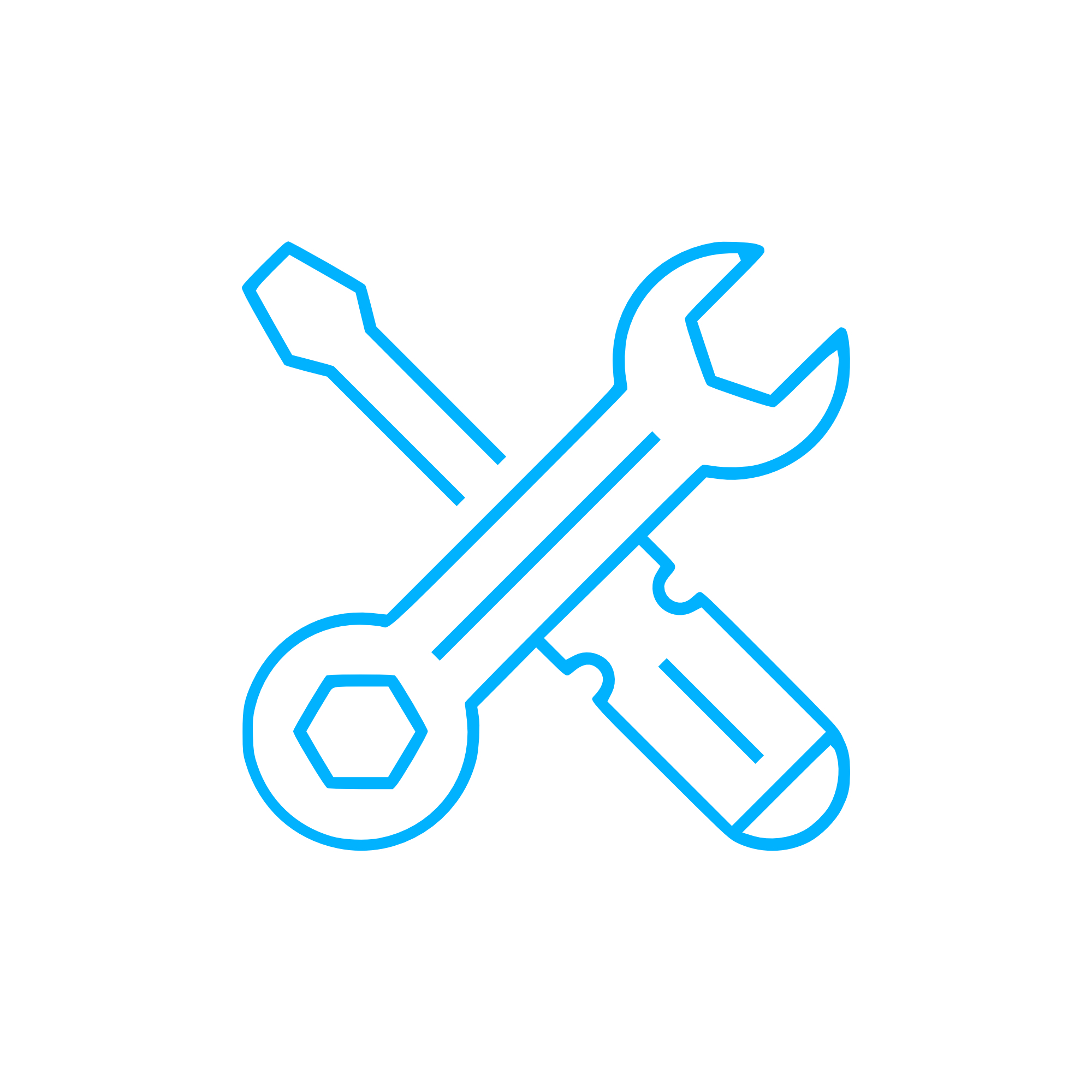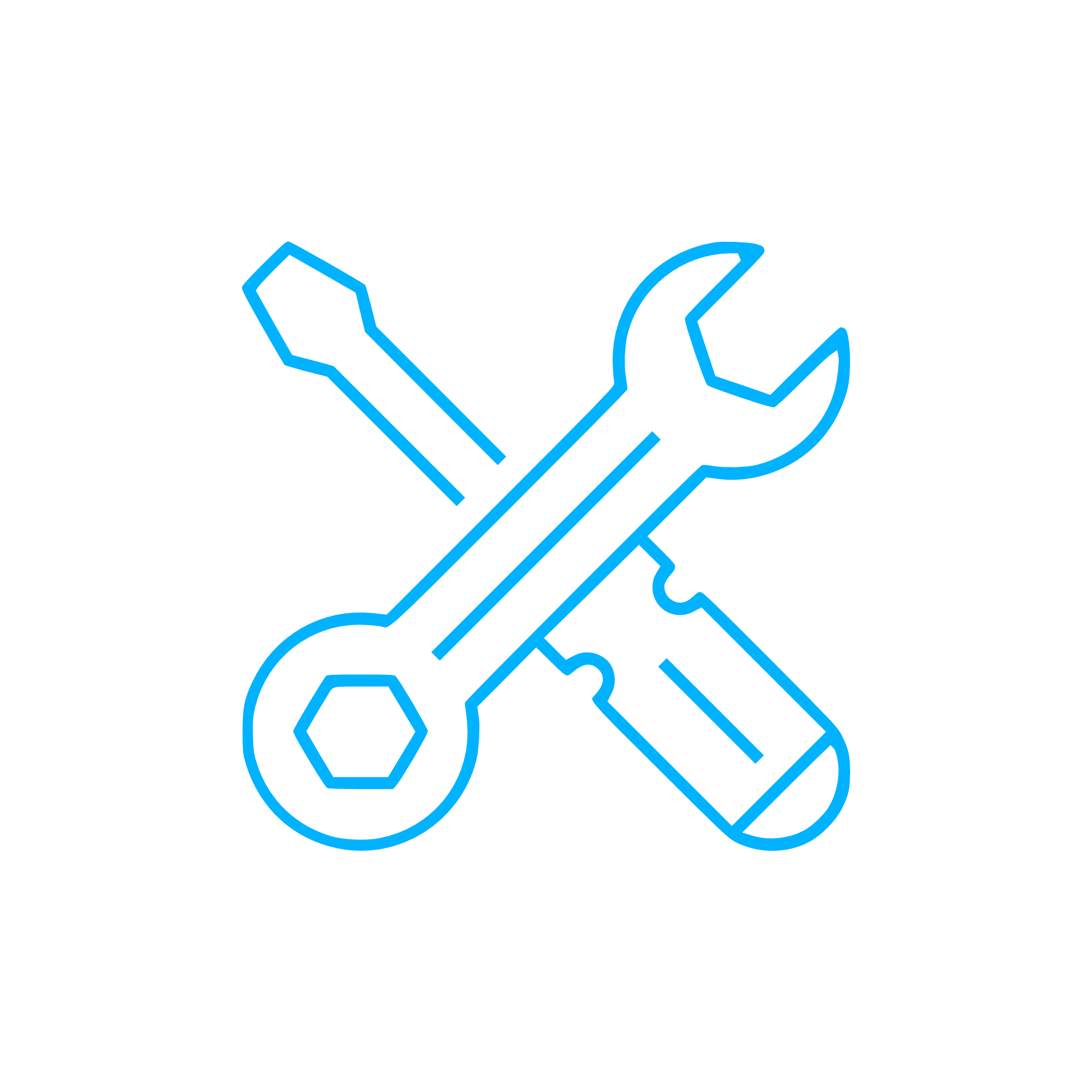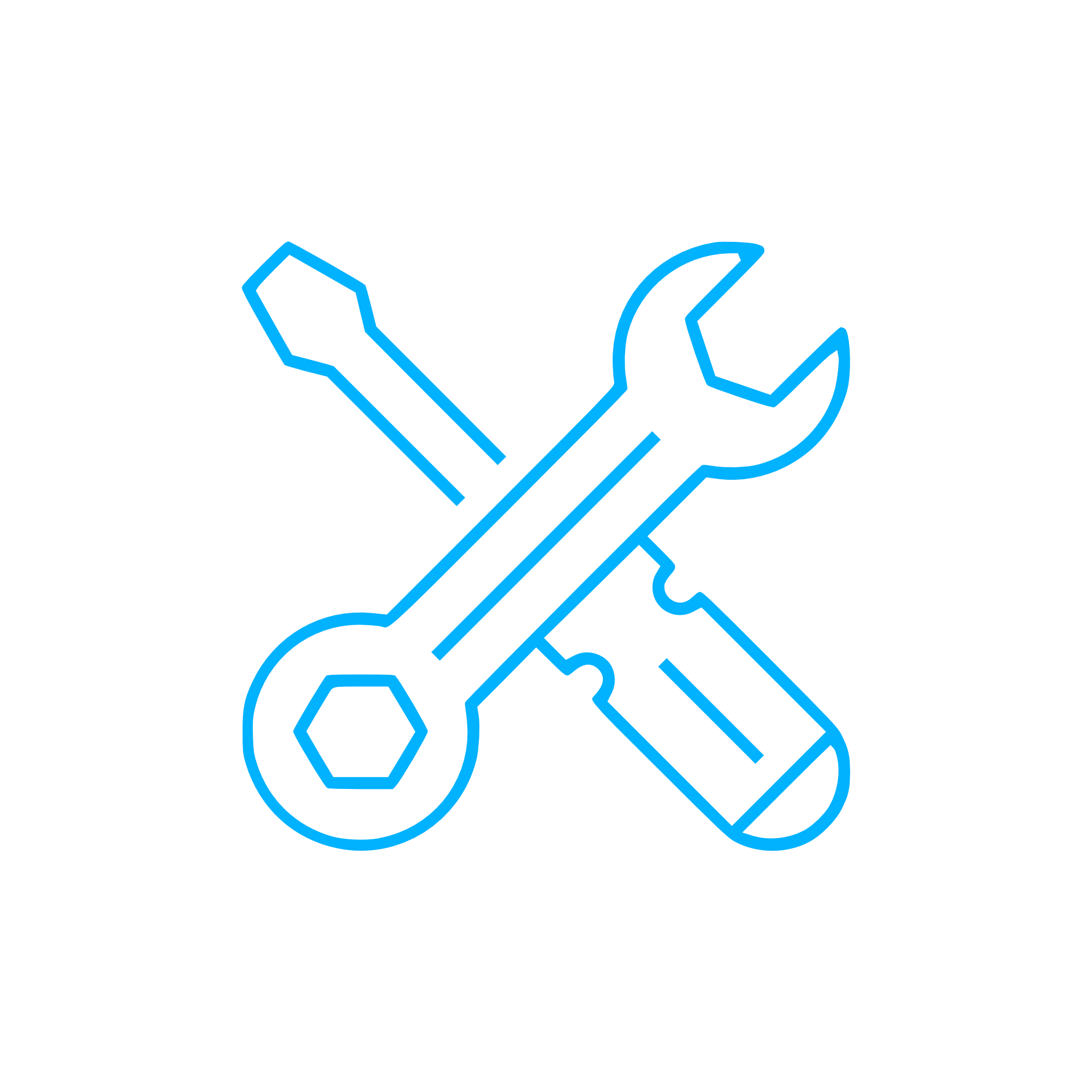REMOVING DEVICE Tools for Marine and Diesel Engines
Tools are the backbone of professional engine maintenance and overhaul. In heavy-duty applications such as marine propulsion, offshore power generation, and industrial plants, specialized tools ensure that service tasks are performed precisely, safely, and within the tight tolerances set by engine manufacturers. From precision alignment to controlled disassembly and reassembly, the right tooling protects critical components, shortens downtime, and extends the life of both diesel and gas engines. Within this category, the REMOVING DEVICE stands out as a key instrument for extracting tightly seated parts without damaging mating surfaces.
Technical function of Tools and REMOVING DEVICE in diesel engine maintenance
Engine Tools are purpose-built instruments designed to carry out service operations that cannot be achieved with generic equipment. A REMOVING DEVICE for a diesel engine—such as an injector puller, cylinder liner extractor, bearing puller, or coupling puller—applies controlled axial force, often via mechanical or hydraulic means, to separate press-fits and overcome corrosion bonds. In a marine engine, where components are large and clearances are minimal, these devices prevent collateral damage to housings, seats, and sealing faces by guiding extraction forces through designated load paths.
Precision torque tools ensure fasteners are tightened to specification; dial indicators and laser alignment kits validate shaft alignment; press tools and seating mandrels install bearings and seals without misalignment; and lifting brackets rated for the engine’s mass allow safe handling of cylinder covers or turbocharger casings. Together, these Tools secure performance by maintaining correct clearances, preserving surface finishes, and guaranteeing repeatable assembly conditions. A well-chosen REMOVING DEVICE for marine engine service reduces the risk of micro-scoring, ovality, and thermal hotspots that can arise from improper disassembly.
REMOVING DEVICE for marine engine applications and OEM parts fit
Salt-laden atmospheres and thermal cycles in marine duty lead to seized injectors, stuck cylinder liners, and bonded couplings. A REMOVING DEVICE OEM parts kit—complete with matched adapters, jaws, and reaction bridges—delivers the exact geometry and material strength needed for the model in question. This ensures the device sits square, loads are evenly distributed, and extraction proceeds without bending studs, cracking housings, or leaving scratches that compromise sealing integrity.
- · Controlled force application prevents surface damage.
- · Model-specific adapters fit tight engine spaces.
- · Hydraulic or mechanical actuation for different load ranges.
- · Calibrated measurement tools preserve tolerances.
- · Safe lifting and handling accessories reduce risk.
- · Robust materials withstand marine duty and high temperatures.
- · REMOVING DEVICE options for injectors, liners, bearings, and couplings.
Importance for engine operation and service life
Reliable Tools directly influence engine availability and total cost of ownership. Incorrect extraction or installation leads to invisible damage—nicks on seating faces, fretting on bearing saddles, and micro-cracks around studs—that later manifest as leaks, loss of compression, increased blow-by, or vibration. Poor torquing practices stretch fasteners and distort clamping loads; imprecise alignment elevates bearing temperatures and accelerates wear. On a diesel engine, such issues cascade into higher fuel consumption, reduced power density, and unplanned off-hire.
Conversely, when a REMOVING DEVICE and companion Tools are used as intended, overhaul times shorten, parts are reusable more often, and inspection findings are clearer because components are removed cleanly. Safety improves as well: predictable load paths and rated lifting accessories lower the probability of tool slippage, dropped parts, and injuries in confined engine rooms. Over the engine’s lifecycle, consistent tooling practices translate into fewer breakdowns and longer intervals between top-end and bottom-end work.
Advantages of OEM spare parts suitable for Tools
OEM spare parts suitable for Tools—such as replacement puller jaws, threaded spindles, hydraulic rams, seals, adapters, reaction plates, and calibration certificates—preserve the capability and accuracy of your service equipment. Because these items are engineered to the same specifications as the parent tool, they maintain fit, concentricity, and load ratings across repeated overhauls. This protects budgets by preventing collateral component damage and by reducing time lost to improvised fixes or incompatible substitutes.
For a REMOVING DEVICE used on a diesel engine, OEM spare parts ensure the spindle pitch, jaw geometry, and reaction bridge spacing match the engine model exactly. In marine engine work, that precision is decisive: the right puller foot will sit on the designed boss; the correct hydraulic seal kit will hold pressure under continuous load; the calibrated gauge will read true when forces approach the upper limit. Documentation and traceability further support quality systems and class requirements.
Why OEM spare parts matter for performance, reliability, and budget
Using OEM spare parts for Tools keeps service outcomes predictable. Repeated, specification-compliant results mean fewer reworks, less scrap, and superior runtime between scheduled maintenance. Procurement benefits as well: standardized part numbers, consistent availability, and known lead times support planned dry-dock or port-call overhauls, lowering logistics risk. The net effect is higher engine uptime and a longer service life for both the engine and the Tools themselves.
MOPA: your partner for OEM spare parts Tools and REMOVING DEVICE
MOPA supplies OEM spare parts suitable for Tools and REMOVING DEVICE solutions for diesel and gas engines across marine, power generation, and industrial sectors. Purchasers and superintendents rely on our speed, quality, and security of supply—from model-specific puller kits and hydraulic units to calibration components and adapter sets. Our team understands engine-room realities, supports part identification by engine model and serial number, and coordinates shipments to tight schedules and port windows.
With MOPA, you get responsive sourcing, verified quality, and transparent documentation for OEM parts. That combination reduces downtime risk, safeguards maintenance outcomes, and keeps fleets and plants on schedule.
Conclusion
Tools—especially a well-matched REMOVING DEVICE—are essential to safe, precise, and efficient engine maintenance. They protect critical surfaces, preserve tolerances, and directly support engine performance and longevity. Choosing OEM spare parts suitable for Tools ensures consistent results, controlled costs, and dependable uptime across marine engine and diesel engine operations.





